New HIV variant with higher virulence and more damaging health impacts discovered in study led by the University of Oxford.
As the ongoing coronavirus pandemic has demonstrated, new mutations in viral genetic sequences can have significant impacts on the virus’s transmissibility and the damage it causes. For many years, there have been concerns that this could arise in the HIV-1 virus, which already affects 38 million people worldwide, and has caused 33 million deaths to date (www.unaids.org). This has now been confirmed with the discovery of a new, highly virulent HIV strain in the Netherlands, in a study led by researchers from the University of Oxford’s Big Data Institute. The results are published today in Science.
Individuals infected with the new “VB variant” (for virulent subtype B) showed significant differences before antiretroviral treatment compared with individuals infected with other HIV variants:
- Individuals with the VB variant had a viral load (the level of the virus in the blood) between 3.5 and 5.5 times higher.
- In addition, the rate of CD4 cell decline (the hallmark of immune system damage by HIV) occurred twice as fast in individuals with the VB variant, placing them at risk of developing AIDS much more rapidly.
- Individuals with the VB variant also showed an increased risk of transmitting the virus to others.
Reassuringly, after starting treatment, individuals with the VB variant had similar immune system recovery and survival to individuals with other HIV variants. However, the researchers stress that because the VB variant causes a more rapid decline in immune system strength, this makes it critical that individuals are diagnosed early and start treatment as soon as possible.
Further research to understand the mechanism that causes the VB variant to be more transmissible and damaging to the immune system could reveal new targets for next-generation antiretroviral drugs. The VB variant is characterized by many mutations spread throughout the genome, meaning that a single genetic cause cannot be identified at this stage.
Lead author Dr. Chris Wymant, from the University of Oxford’s Big Data Institute and Nuffield Department of Medicine, said: “Before this study, the genetics of the HIV virus were known to be relevant for virulence, implying that the evolution of a new variant could change its impact on health. Discovery of the VB variant demonstrated this, providing a rare example of the risk posed by viral virulence evolution.”
Senior author Professor Christophe Fraser from the University of Oxford’s Big Data Institute and Nuffield Department of Medicine, added: “Our findings emphasize the importance of World Health Organization guidance that individuals at risk of acquiring HIV have access to regular testing to allow early diagnosis, followed by immediate treatment. This limits the amount of time HIV can damage an individual’s immune system and jeopardize their health. It also ensures that HIV is suppressed as quickly as possible, which prevents transmission to other individuals.”
The VB variant was first identified in 17 HIV positive individuals from the BEEHIVE project, an ongoing study which collects samples from across Europe and Uganda. Since 15 of these people came from the Netherlands, the researchers then analyzed data from a cohort of over 6,700 HIV positive individuals in the Netherlands. This identified an additional 92 individuals with the variant, from all regions of the Netherlands, bringing the total to 109.
By analyzing the patterns of genetic variation among the samples, the researchers estimate that the VB variant first arose during the late 1980s and 1990s in the Netherlands. It spread more quickly than other HIV variants during the 2000s, but its spread has been declining since around 2010. The research team believe that the VB variant arose in spite of widespread treatment in the Netherlands, not because of it, since effective treatment can suppress transmission.
The individuals with the VB variant showed typical characteristics for people living with HIV in the Netherlands, including age, sex, and suspected mode of transmission. This indicates that the increased transmissibility of the VB variant is due to a property of the virus itself, rather than a characteristic of people with the virus.
Reference: “A highly virulent variant of HIV-1 circulating in the Netherlands” by Chris Wymant, Daniela Bezemer, François Blanquart, Luca Ferretti, Astrid Gall, Matthew Hall, Tanya Golubchik, Margreet Bakker, Swee Hoe Ong, Lele Zhao, David Bonsall, Mariateresa de Cesare, George Mac, Intyre-Cockett, Lucie Abeler-Dörner, Jan Albert, Norbert Bannert, Jacques Fellay, M. Kate Grabowski, Barbara Gunsenheimer-Bartmeyer, Huldrych F. Günthard, Pia Kivelä, Roger D. Kouyos, Oliver Laeyendecker, Laurence Meyer, Kholoud Porter, Matti Ristola, Ard van Sighem, Ben Berkhout, Paul Kellam, Marion Cornelissen, Peter Reiss, Christophe Fraser, the Netherlands ATHENA HIV Observational Cohort and the BEEHIVE Collaboration, 3 February 2022, Science.
DOI: 10.1126/science.abk1688

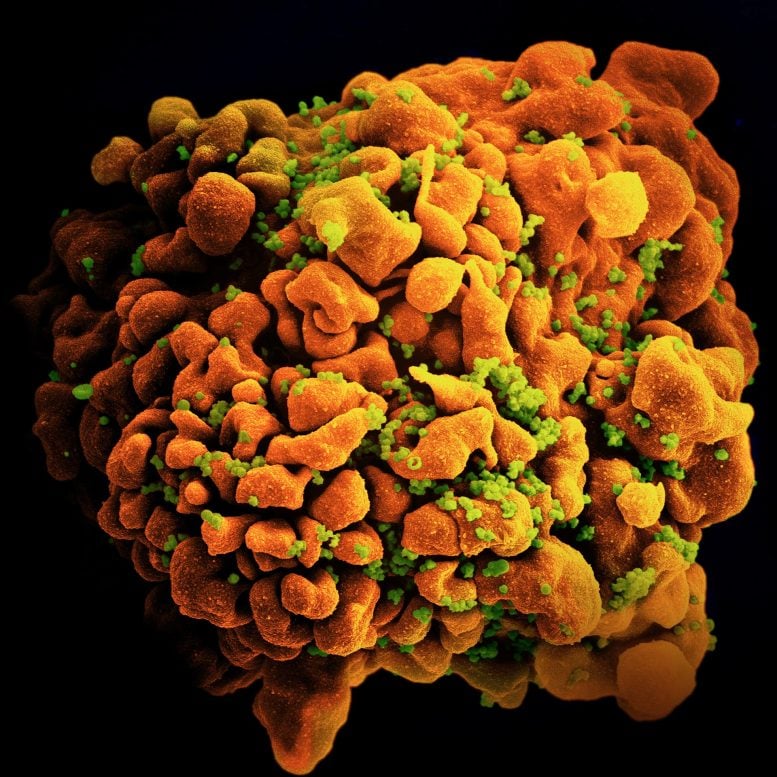
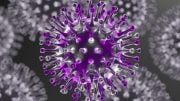
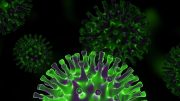

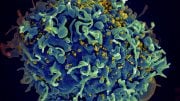
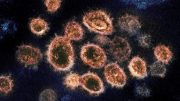
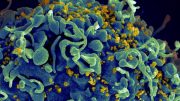

Yet more Horse manure $ales for Big Pharma and loss of freedoms for humanity..
Very Interesting.
Data has been around since the 1980’s and we hear about it in 2020 thanks to Big Data Science!
I wonder what is the content of Neanderthals and Denosivan genes and early humanoids who existed and roamed the planet, before arrival of modern humans in the affected sample, and if this Virus Variant is the reason for their their extinction?
Is it limited only to Holland and erstwhile dutch colonies?
Need more answers!
Views expressed are personal and not binding on anyone.
OK, who had more deadly HIV variant for February?
Hmmm…what possibly could have caused a mutation in a virus that hasn’t changed in decades? Wonders will never cease. (Insert eye roll here)